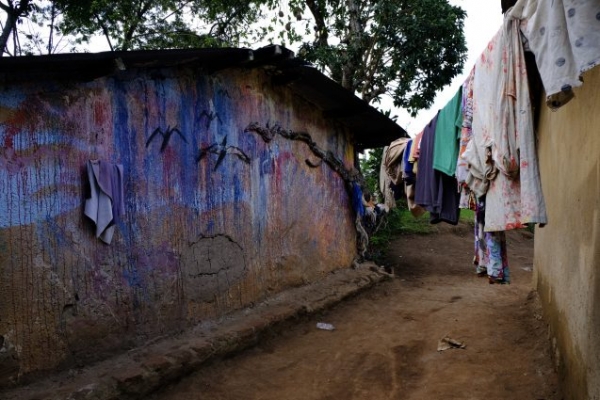These days, migration is always in the news. Around the world, people are displaced by war, political oppression, poverty and violence; every day, families risk their lives in search of better environments.
Weather events alone displace 21.5 million people each year—and recent projections suggest that global warming will further prompt mass migration. In the next few decades, climate change could push one third of people from their homes. The 2023 World Bank Development Report stated that climate change will make migration at every scale “increasingly necessary over the next decades for countries of all income levels.” And the Institute for Economics and Peace predicts that by 2050 there could be 1.2 billion climate refugees.
The projections are staggering. Yet climate-driven migration is nothing new. For 300,000 years, migration has aided human evolution. As human evolution coincided with significant environmental change, only those most adaptable to changing surroundings survived and reproduced. Changes in climate can equally threaten non-human animals. From insects to large-order mammals, and everything in between, species after species are under increasing threat because the rate of environmental change today is unprecedented.
Read More: Columbia Climate School
A house in a village just outside Kibale National Park in northwestern Uganda, where families are under increasing pressure to migrate due to climatic threats. (Photo Credit: Cate Twining-Ward)


